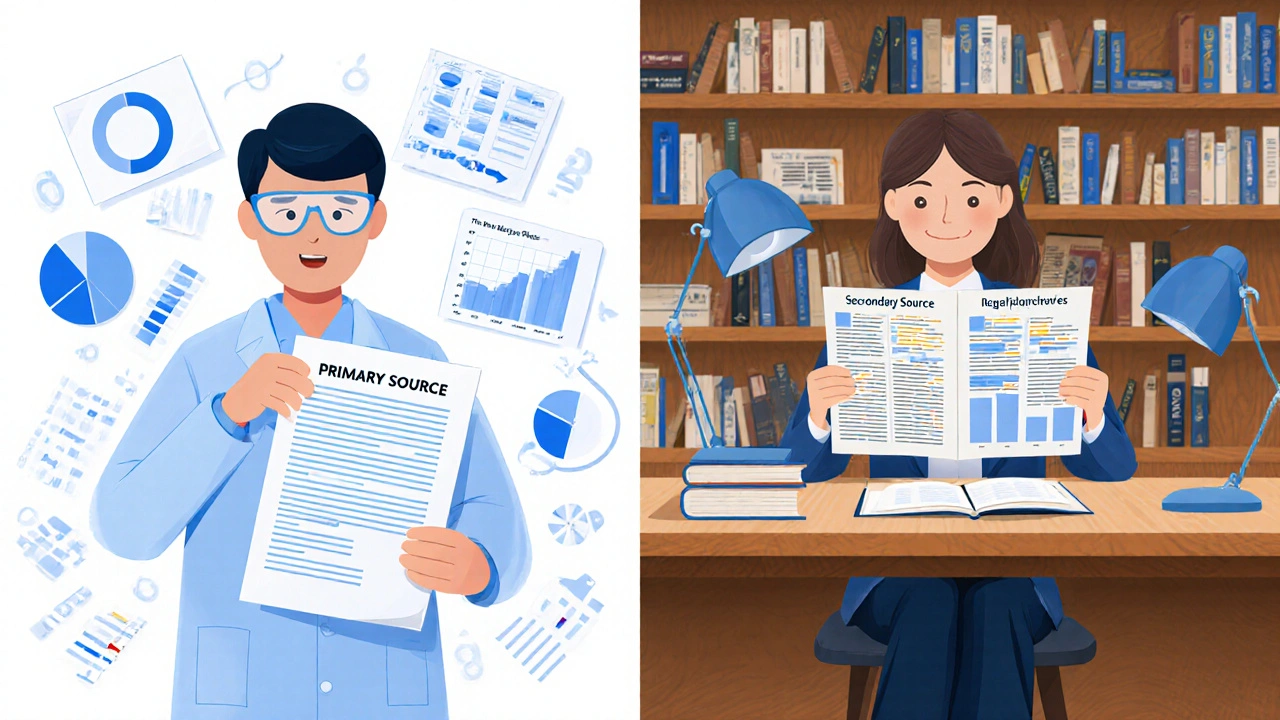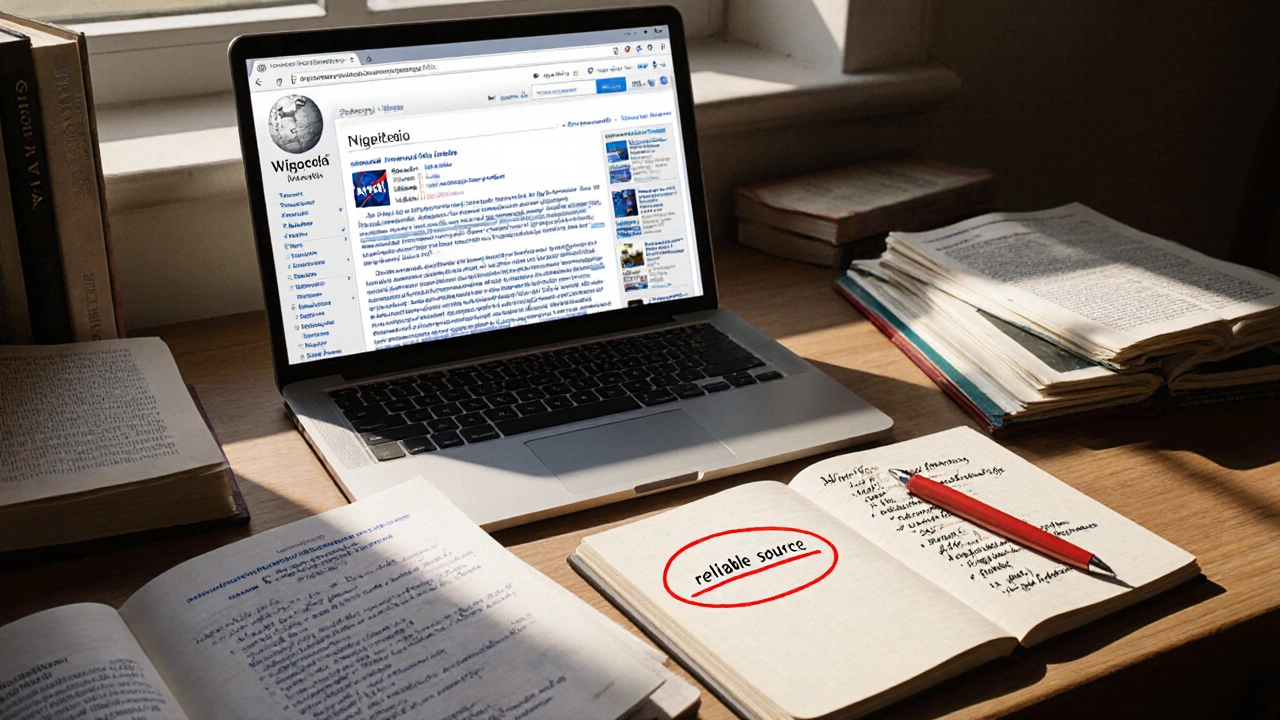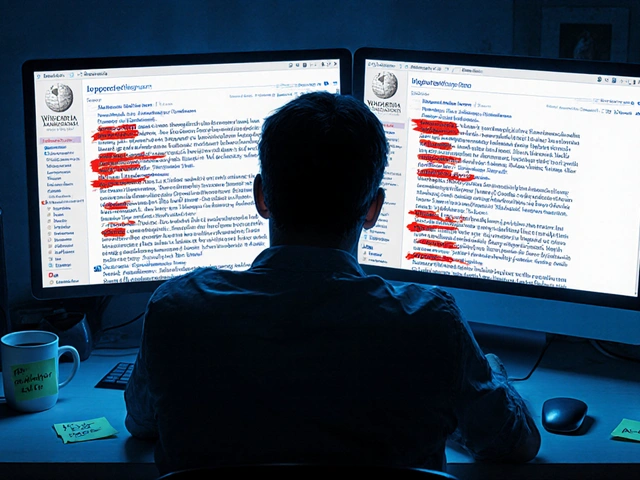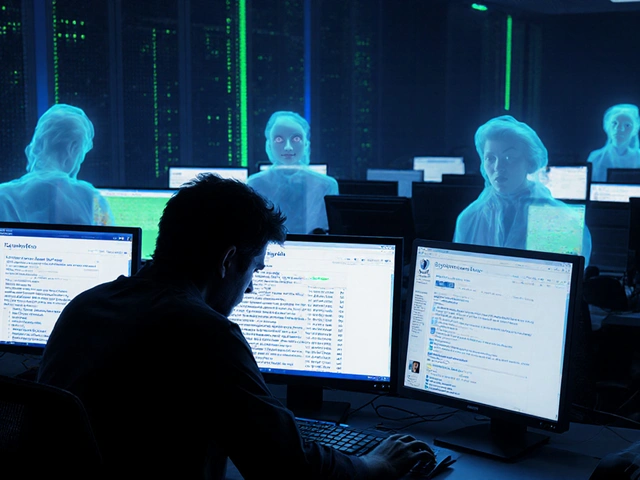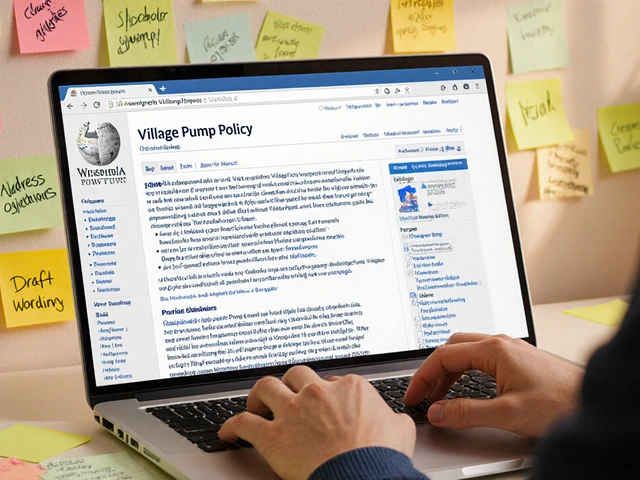Reliable Sources on Wikipedia: What Makes a Source Trustworthy
When you see a claim on Wikipedia, it doesn’t just appear out of thin air—it’s backed by a reliable source, a published, verifiable reference that experts recognize as credible and authoritative. Also known as verifiable source, it’s the foundation of everything Wikipedia stands for: truth, not opinion. Without reliable sources, Wikipedia becomes just another collection of guesses. With them, it becomes the most trusted reference in the world—even when AI tries to copy it.
Wikipedia doesn’t care how famous a website is, or how many clicks it gets. It cares if the source has editorial oversight, fact-checking, and a track record of accuracy. A peer-reviewed journal? That’s gold. A personal blog? Not even close. Even major news outlets can fail this test if they’re biased, unverified, or reporting rumors as facts. That’s why editors dig into archives, government reports, academic papers, and regional newspapers to find sources that actually support what’s written. This isn’t about prestige—it’s about proof. And when a source doesn’t hold up, the edit gets reverted, no matter how popular the claim seems.
The rules around reliable sources, the standard for determining what information can be included in Wikipedia articles are strict, but they’re not arbitrary. They exist because people have tried to game the system—corporations pushing PR, activists deleting criticism, bots inserting fake citations. The result? Thousands of articles cleaned up by volunteers who treat sourcing like a legal contract: if you can’t prove it, you can’t say it. This is why Wikipedia beats AI encyclopedias in trust surveys: you can see where the info came from. AI just makes it up—and sometimes, it cites sources that don’t even say what they’re claimed to say.
It’s not just about finding good sources—it’s about using them right. The due weight policy, a rule that ensures articles reflect the real balance of evidence, not just the loudest voices, means even minority views get space—if they’re backed by reliable sources. And when sources conflict? Editors don’t pick sides. They show the debate, cite the evidence, and let readers decide. That’s why Wikipedia’s approach to citation accuracy, how closely a source matches the claim it supports matters more than ever. AI tools are getting better at generating fake citations, but they still can’t replicate human judgment. Only a person can spot when a source is being twisted to fit a narrative.
What you’ll find below isn’t just theory—it’s real stories from the front lines. How journalists use Wikipedia to find real sources. Why some Wikipedia articles get deleted because their sources aren’t good enough. How volunteers fight copyright takedowns that erase valuable knowledge. And how AI is starting to mimic Wikipedia’s sourcing—but failing in ways that matter. This is the quiet, relentless work that keeps Wikipedia honest. And it all starts with one question: Can you prove it?
Reliable Secondary Sources vs Primary Sources on Wikipedia: When to Use Each
Learn when to use primary versus secondary sources on Wikipedia to make reliable edits. Understand why secondary sources are preferred and how to avoid common mistakes that get your changes reverted.
How to Build Annotated Bibliographies for Wikipedia Article Development
Learn how to build annotated bibliographies using reliable sources to create or improve Wikipedia articles. Understand what counts as credible, how to format entries, and how to defend your edits with evidence.
How Wikipedia Uses Wikidata to Support Citations and Source Metadata
Wikipedia uses Wikidata to store structured metadata for citations, making sources more reliable, easier to verify, and automatically updatable across articles. This system helps combat misinformation and improves global knowledge accuracy.
